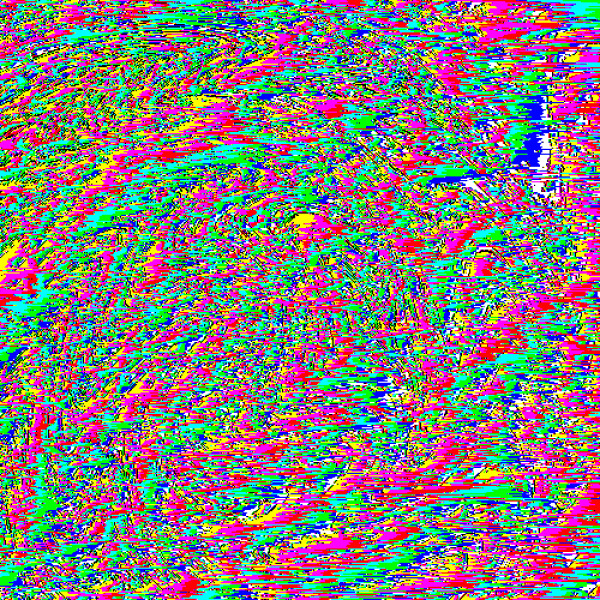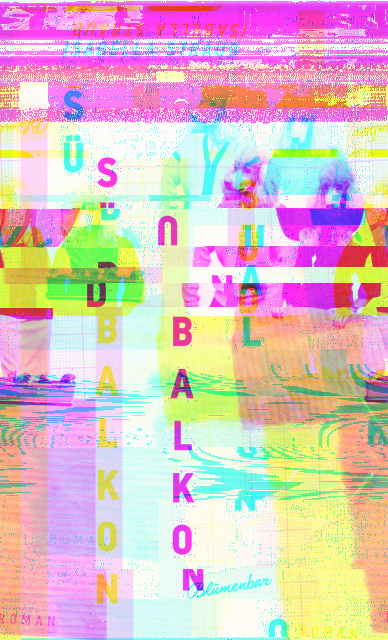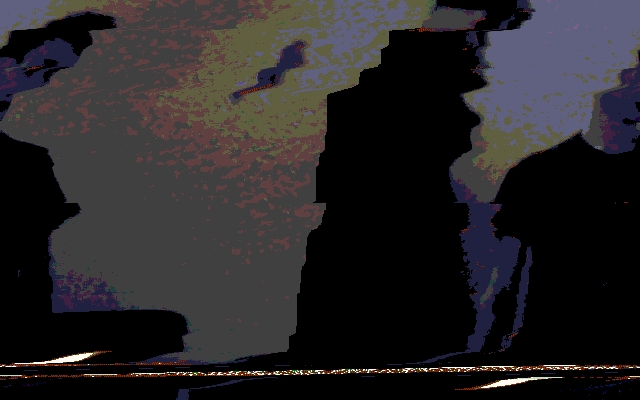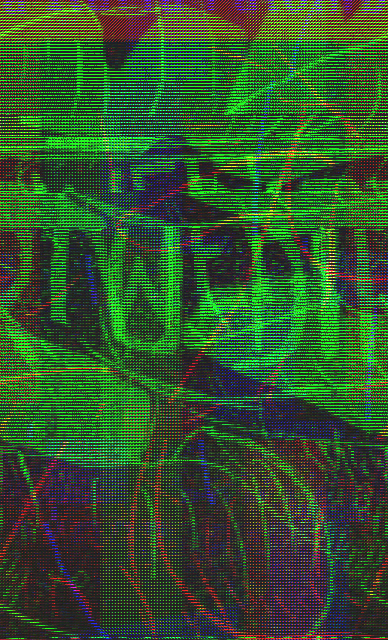#NRMPresents Max Weber - Interview With A Glitch Artist

Max Weber was born near Stuttgart, Germany in 1990. After an intership at a local design agency he became interested in the underlying structures that make up a brand, logo or concept. Combining his passion for music and sound with his design experience, he started studying audio design.
Although he is curious about a multitude of subjects, Max's primary interest is in the procedures at work behind art forms. Aside from Databending, Max also produces electronic music, predominantly influenced by Techno. He recently allowed me to interview him, after I discovered his work through Reddit.
Does your work in audio engineering and EDM influence your approach to visual art?
With all the technical courses and all the knowledge you gain about the tools you use in music production and sound design I really started to wonder how they would influence other types of data, other than sound. But I'm currently just experimenting.
Do you see a conceptual relationship between electronic music and Futurist visual art?
In both futuristic visual art and in music you find quite similar shifts towards more abstract sounds and looks. For some the ultimate goal is still to sound as clean as possible, but sounding dirtier and different then anyone else is becoming an admirable goal for many producers. The market is flooded with electronic music productions and that makes some artists search for new ways to express themselves and try to sound/look unique. Also, generative procedures like lanniX are found in both music and visual art.

Are there any guiding philosophies or concepts behind either your aural or visual work?
I like the randomness that occurs in glitch art. Sometimes you can't really control your outcome. So it's fine to make it for yourself, if you are (like me) interrested in the making. But for presenting it, it's different from other art: sometimes I'll produce over a hundred images, all glitched up differently - so the main 'artsy' thing is the selection of those images you really want the world to see in the end.
To sum it up: glitch art - for me - is about the process and the boundless possibilities.

Why do you think so many people are attracted to art forms that celebrate imperfect or 'broken' elements, such as circuit bending, Aleatoricism, Wabi-sabi and William Burroughs' cut-up method?
Breaking something sometimes gives you information of 'what lies beneath' and how it works. For glitch art, I like to take away the self-evident concept of data: If I double-click a file, it will automatically open with the program it's meant for. But I like going against that and look at data in a different way and gain deeper insight in what is happening there.

Michael Baker

